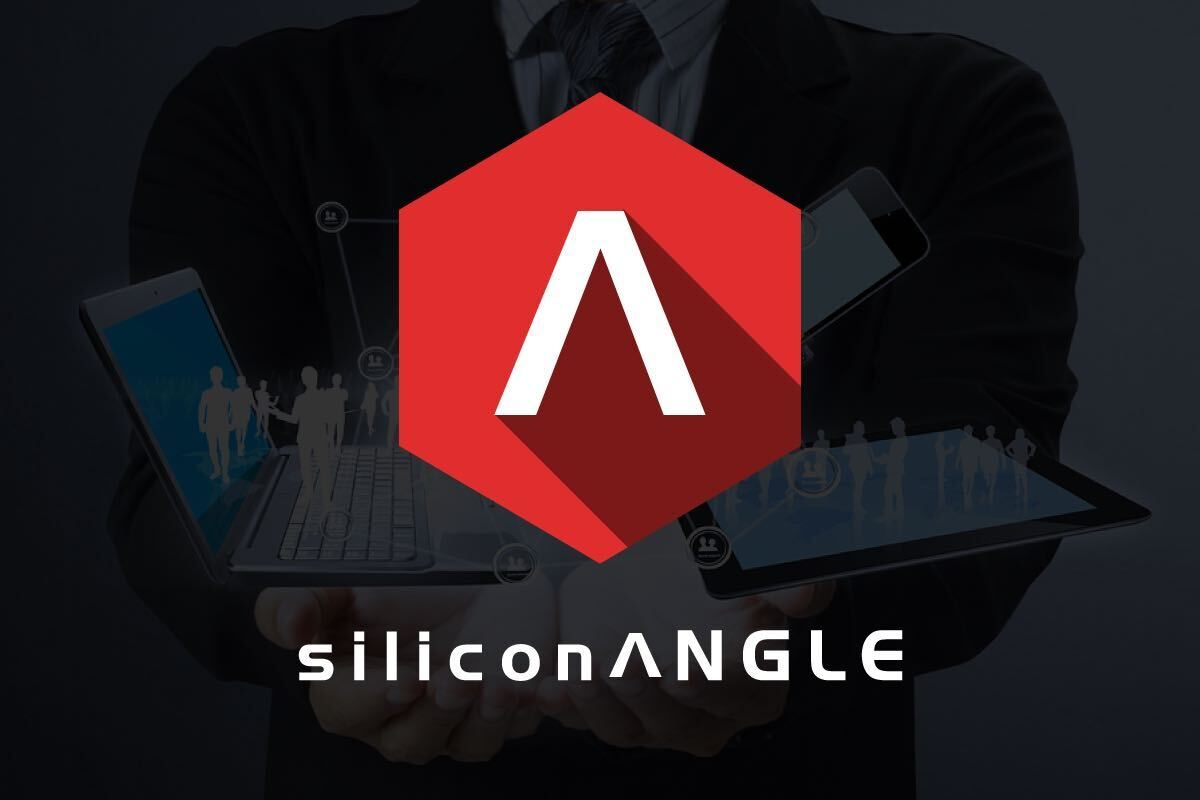


![]() We’ve seen the Microsoft Kinect become the center of a mindstorm of innovation involving gesture controls, animation, and numerous other applications in the homebrew hacker sphere—and, of course, the framework for building on top of it’s underlying technology has been released in the OpenNI framework.
We’ve seen the Microsoft Kinect become the center of a mindstorm of innovation involving gesture controls, animation, and numerous other applications in the homebrew hacker sphere—and, of course, the framework for building on top of it’s underlying technology has been released in the OpenNI framework.
Respondesign has taken the bull by the horns, used PrimeSense’s OpenNI framework and integrated it into its first commercial use: for the purpose of providing personalized fitness workouts. MayaFit is an interface for gym equipment to act as a personal trainer by providing feedback to users through watching their activity.
“OpenNI provides a structure for us to incorporate gesture recognition into our line of digital fitness products. Fitness is a natural category and PrimeSense is providing a great enabling technology that allows us to build next-generation fitness experiences for our broad range of consumer and corporate clients. Motion tracking provides our trainer intelligence with real-time user feedback and makes the interaction easier, more fun and more effective,” says Ted Spooner, CEO of Respondesign.
This innovation takes the MayaFit software out of the gym-box and puts it onto consumers’ homes through their PCs and televisions. This uses a product from ASUS called the WAVI, which is expected to come out in May, providing a Kinect-like camera and motion-capture system for the living-room. The ASUS system, of course, is going to be in direct competition with the Kinect to do the same thing—perhaps without the Xbox—and we’ve even seen Sony prepare to release a very similar product in the Move.Me. (Although, that has problems as it will require both a PS3 and a PC to operate the peripheral.)
Fitness software is an excellent place for motion capture and gesture control to escape from the confines of video games. We’ve already seen how effective it was with the Wii Fit and that didn’t even do video motion capture! So we can probably expect big things out of a device that uses the software technology behind the Kinect to innovate gesture detection.
I’ve noticed before that fitness—in fact, physical therapy—is a perfect reason to develop this technology for in-home use. Injuries to the body that require specific exercises both connect fitness itself and how physical therapy connects well with having some sort of feedback (other than the pain in your joints/limbs.)
Support our mission to keep content open and free by engaging with theCUBE community. Join theCUBE’s Alumni Trust Network, where technology leaders connect, share intelligence and create opportunities.
Founded by tech visionaries John Furrier and Dave Vellante, SiliconANGLE Media has built a dynamic ecosystem of industry-leading digital media brands that reach 15+ million elite tech professionals. Our new proprietary theCUBE AI Video Cloud is breaking ground in audience interaction, leveraging theCUBEai.com neural network to help technology companies make data-driven decisions and stay at the forefront of industry conversations.